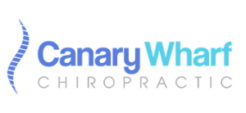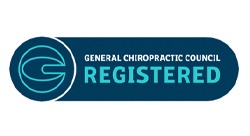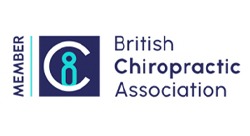Scoliosis is a spinal condition which causes the spine to twist and have an abnormal curvature. In many cases it is not serious and may not require treatment, but scoliosis can also cause back pain in adults, and the curve could possibly get worse over time.
The causes are not fully understood, and the majority of cases are defined as idiopathic when the cause cannot be identified or prevented. Sometimes it runs in families or could be caused by a genetic condition. Other types of less common forms include:
- Neuromuscular scoliosis – caused by a nerve or muscle condition such as cerebral palsy
- Congenial scoliosis – when the bones in the spine don’t form properly in the womb
- Degenerative scoliosis – wear and tear of the spine which occurs in old age
Although scoliosis affects people of all ages, it is most common in children aged 11-15. The condition can be present at birth, or can develop as the spine grows, and sometimes children need specific treatment to stop the curve getting worse until they stop growing. However, most people can live normal lives and the condition doesn’t affect physical activity except in extreme cases. There are no other health problems associated with scoliosis and usually it doesn’t cause recurring pain.
Symptoms of scoliosis
How do you know if you have scoliosis? If you think your spine is curved in an ‘S’ or ‘C’ shape then you may have the condition. Here are some other signs:
- Uneven shoulders
- Visible curves in the spine
- Leaning to one side
- Uneven hips
- Ribs sticking out on one side
- One shoulder or one hip sticking out
If you are experiencing back pain along with any of these signs, you should see a GP who will be able to diagnose scoliosis. An X-ray scan will be carried out so doctors can view the spine, and if it has an abnormal curve they can see how severe the curve is. A chiropractor can also refer you for a scan if they suspect scoliosis. If diagnosed you can see a specialist who can discuss treatment options available if needed.
Treatment depends on how severe the curve is and if it is likely to get worse. Adults may require pain relief in the form of spinal injections or even surgery. Toddlers, children and teenagers may be given a back brace to wear to control the growth of the spine.
For more information, visit http://www.sauk.org.uk/


